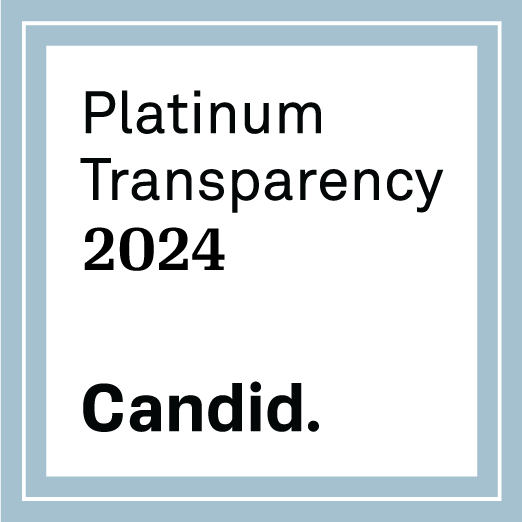Chronic Myelomonocytic Leukemia (CMML) Subtypes, Stages, and Risk Groups
If you are diagnosed with chronic myelomonocytic leukemia (CMML), doctors will want to learn more about your disease.
They will classify your CMML by its subtype, stage, and risk group. This helps them understand your prognosis (outlook) and treatment options.
Subtypes of chronic myelomonocytic leukemia (CMML)
Chronic myelomonocytic leukemia (CMML) has 2 main subtypes. These subtypes are based on your white blood cell (WBC) count at the time you are diagnosed:
- Proliferative (CMML-MPN): The WBC count is at least 13,000 per microliter (µL).
- Dysplastic (CMML-MDS): The WBC count is less than 13,000 per microliter (µL).
In general, people with the dysplastic subtype of CMML tend to do better than people with the proliferative subtype.
Stages of chronic myelomonocytic leukemia (CMML)
Most types of cancer can be described in stages based on how far the cancer has spread in the body. But CMML is a disease of the bone marrow and blood, so it has already spread throughout the body when it's first found.
Instead, CMML is split into 2 stages based on the percentage of blasts (very immature cells) in the blood and bone marrow:
- CMML-1: Blasts make up less than 5% of white blood cells in the blood and less than 10% of the cells in the bone marrow.
- CMML-2: Blasts make up 5% to 19% of white blood cells in the blood, or they make up 10% to 19% of the cells in the bone marrow.
Risk groups for chronic myelomonocytic leukemia (CMML)
Risk groups are another way to help doctors determine the outlook (prognosis) and treatment options for people with CMML.
Several systems can be used to classify CMML in this way. With these systems, people are put into risk groups based on different factors, such as:
- A person's age
- Their white blood cell (WBC) count
- The percentage of blood and bone marrow cells that are blasts
- Their hemoglobin level (a protein in red blood cells), and how often they need red blood cell transfusions
- Their blood platelet count
- If the leukemia cells have certain gene or chromosome changes
In general, CMML is divided into lower-risk and higher-risk groups, although different systems rely more on certain factors to determine this than others.
Other factors can also be important in determining your treatment options. These include your overall health, personal preferences, and whether your CMML is causing symptoms.
- Written by
- References

Developed by the American Cancer Society medical and editorial content team with medical review and contribution by the American Society of Clinical Oncology (ASCO).
National Cancer Institute. Myelodysplastic/Myeloproliferative Neoplasms Treatment (PDQ) – Health Professional Version. 2024. Accessed at https://www.cancer.gov/types/myeloproliferative/hp/mds-mpd-treatment-pdq on January 23, 2025.
National Comprehensive Cancer Network. NCCN Clinical Practice Guidelines in Oncology (NCCN Guidelines): Myelodysplastic Syndromes. Version 2.2025. Accessed at https://www.nccn.org on January 24, 2025.
Padron E, Gurbuxani S. Chronic myelomonocytic leukemia: Clinical features, evaluation, and diagnosis. UpToDate. 2024. Accessed at https://www.uptodate.com/contents/chronic-myelomonocytic-leukemia-clinical-features-evaluation-and-diagnosis on January 24, 2025.
Padron E. Chronic myelomonocytic leukemia: Management and prognosis. UpToDate. 2024. Accessed at https://www.uptodate.com/contents/chronic-myelomonocytic-leukemia-management-and-prognosis on January 24, 2025.
Last Revised: March 7, 2025
American Cancer Society medical information is copyrighted material. For reprint requests, please see our Content Usage Policy.
American Cancer Society Emails
Sign up to stay up-to-date with news, valuable information, and ways to get involved with the American Cancer Society.


